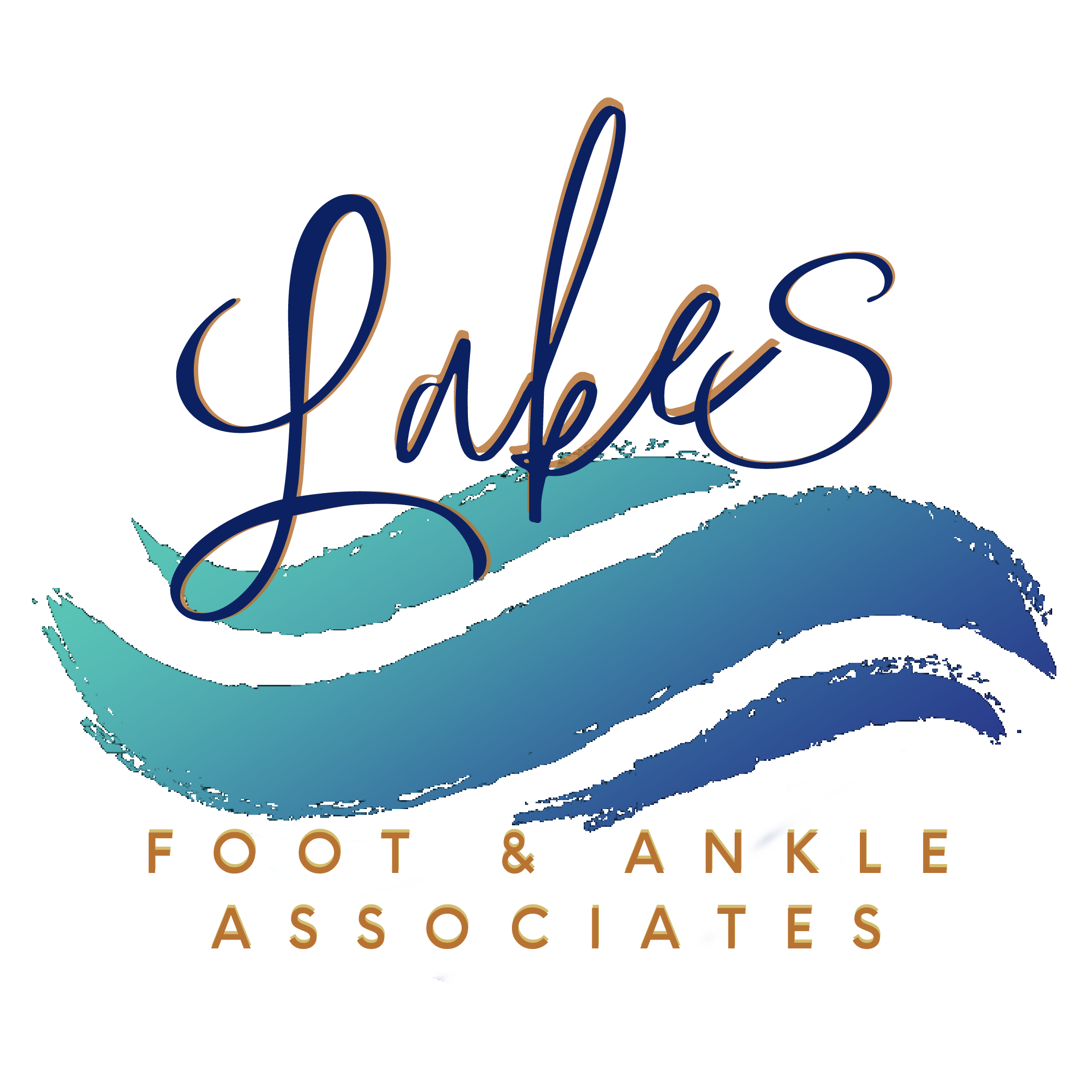We know summertime is full of exciting physical activities like hiking, walking, running, water sports, and more. During this busy season of fun in the sun, the last thing you want is persistent foot or ankle pain keeping you down. If you have pain with burning, numbness, tingling, or weakness, a common condition called tarsal tunnel syndrome could be the culprit. Stay free from this pain all summer long with this helpful guide!
At Lakes Foot & Ankle Associates, we care about you. If you are experiencing any persistent ankle or foot pain, discover the symptoms, treatment, and causes of tarsal tunnel syndrome to experience relief.
What is Tarsal Tunnel Syndrome?
Tarsal tunnel syndrome causes nerve pain in the feet and lower legs, often centralized in the ankle area. Certain activities, conditions, or injuries can cause the posterior tibial nerve (a nerve that runs down the back of your leg and into your foot) to become compressed within the tarsal tunnel, the narrow part of the ankle.
Usually, the tibial nerve passes through this tunnel freely, gliding within it with no problems. However, if the nerve becomes trapped with inflammation, swelling, or any other form of pressure, you’ll feel the frustrating irritation and pain associated with tarsal tunnel syndrome.
For some people, this condition’s nerve pain comes on gradually, starting out mild and getting worse over time. For others, the pain comes on very suddenly. Those with milder cases may be tempted to ignore the problem and hope it goes away, but without proper intervention, pain with this condition can become severe and interfere with your daily life.
Symptoms of Tarsal Tunnel Syndrome
The symptoms of tarsal tunnel syndrome may differ in specific ways from case to case.
Some of the common symptoms include:
- Pain in the feet, ankles, or lower leg that can range from mild to severe
- Tingling sensations
- Electric sensations, as if being shocked
- Burning sensations
- A feeling of numbness or a loss of sensation in the foot, ankle, or toes
A person with tarsal tunnel syndrome may experience other related symptoms not listed here. Similarly, not every person will necessarily experience them all.
In most cases, symptoms are more likely to develop or worsen during or after physical activity. In more severe cases, however, you may still feel significant discomfort while sitting or lying down.
Whatever symptoms you may be experiencing, never hesitate to schedule an appointment with us if you suspect nerve-related pain or discomfort.
Common Causes of Tarsal Tunnel Syndrome
There are many reasons why tarsal tunnel syndrome can occur. Most often, it’s caused by repetitive stress on the lower foot and ankle area or injuries that place increased pressure on the posterior tibial nerve. This extra pressure causes the nerve and the surrounding tunnel, the tarsal tunnel, to swell, which causes pain and discomfort.
Besides sports and intense physical activity, other factors may contribute to tarsal tunnel syndrome. These include:
- Having past foot or ankle injuries, such as sprains or fractures
- Having flat feet, high arches, or other abnormalities in foot structure
- Having scar tissue, cysts, tumors, or other masses that can press on the nerve
- Neuropathy caused by diabetes or other disorders
- Being overweight
Treatment Options
When it comes to nerve injuries, we recommend diagnosis and treatment as quickly as possible. If you wait too long to treat a nerve injury, you may encounter more severe nerve damage that could be harder to treat and more painful.
To begin treatment, a doctor will start with a full evaluation to determine the source of the problem and any underlying factors. Your doctor may ask you about the kinds of shoes you wear and how much time you spend on your feet to better understand your symptoms.
If tarsal tunnel syndrome is confirmed, we may first pursue conservative forms of treatment. These may include:
- Rest (keeping excess weight off the affected ankle)
- Cold therapy
- Multiwave Locked System (MLS) laser therapy to promote pain relief and recovery
- The use of custom orthotics or braces to redistribute excess weight away from the area
- Stretching and physical therapy
- Anti-inflammatory medications
- Steroid injections
Often, conservative treatments are effective in relieving pain. However, more severe or persistent cases may require advanced treatment or a surgical procedure, such as a tarsal tunnel release.
Hit the Ground Running This Summer
Get ready for a summer of pain-free fun in the sun with the help of Lakes Foot & Ankle Associates! We’ve helped countless patients recover from this common but life-altering condition through a variety of advanced treatment methods. If you’re experiencing symptoms of tarsal tunnel syndrome—or any other ankle pain—please reach out to us today! We are happy to help diagnose and treat your pain to get you back on your feet this summer.
Comprehensive Tarsal Tunnel Treatment in Commerce Township, MI
Lakes Foot & Ankle Associates is here to support your healthy healing journey. With our signature podiatric circle of care, we provide comprehensive diagnostics, treatments, and ongoing resources to keep you on your feet for the long term. If you have an ankle or foot injury that isn’t healing or causing pain, schedule an appointment by calling (248) 360-3888 or contacting us online today!
| Monday | 8:30am – 5:00pm |
| Tuesday | 9:00am – 5:00pm |
| Wednesday | 8:30am – 5:00pm |
| Thursday | 9:00am – 6:00pm |
| Friday | 7:30 am – 4:00pm |
| Saturday | – Closed – |
| Sunday | – Closed – |



